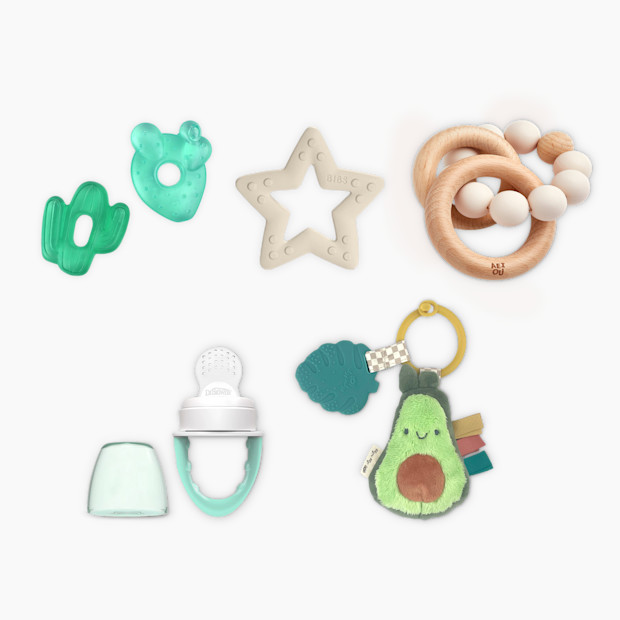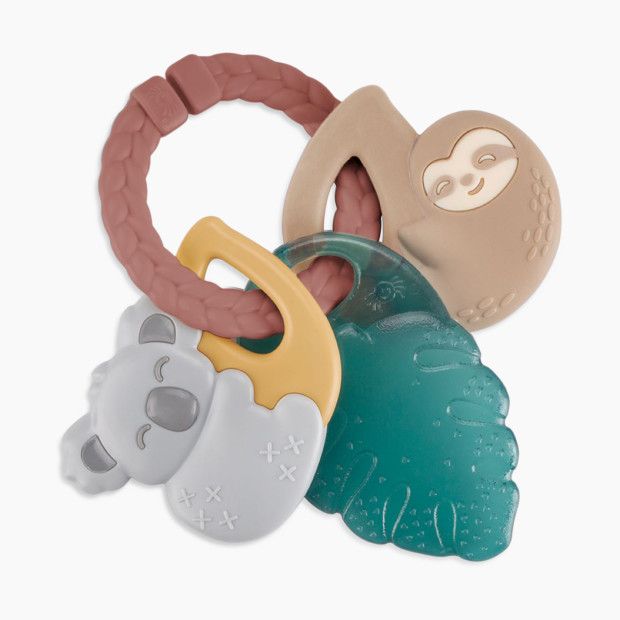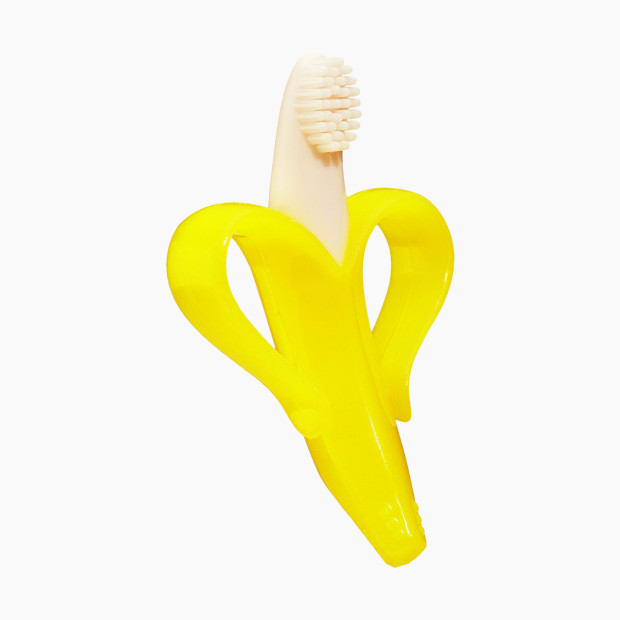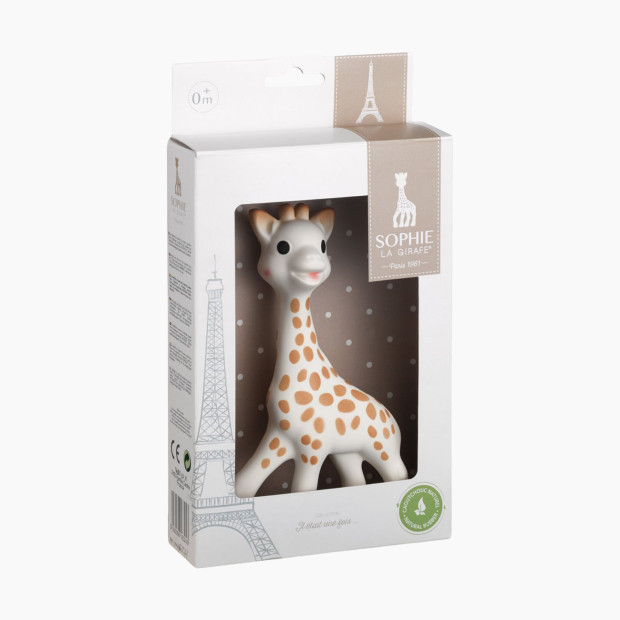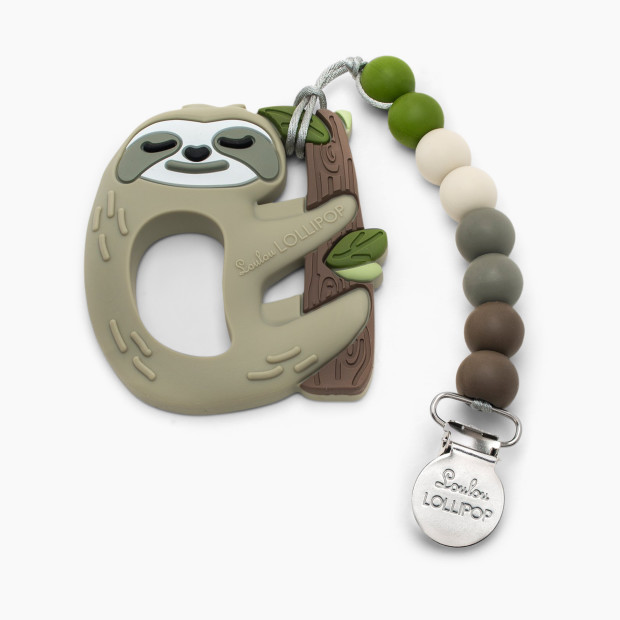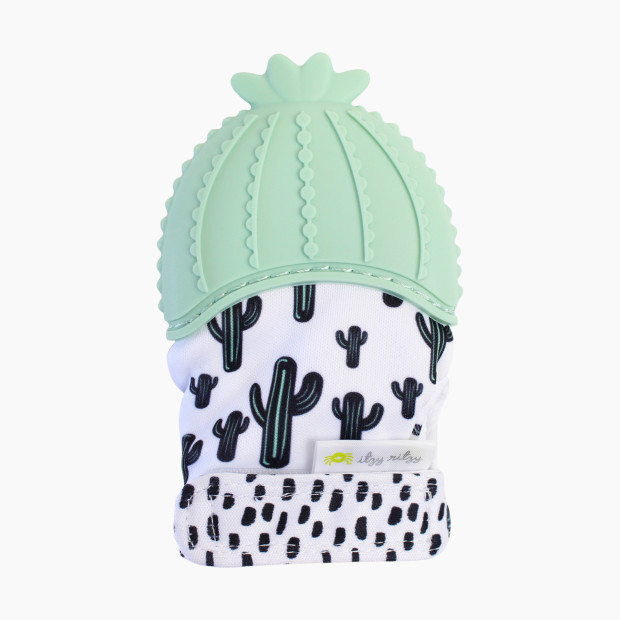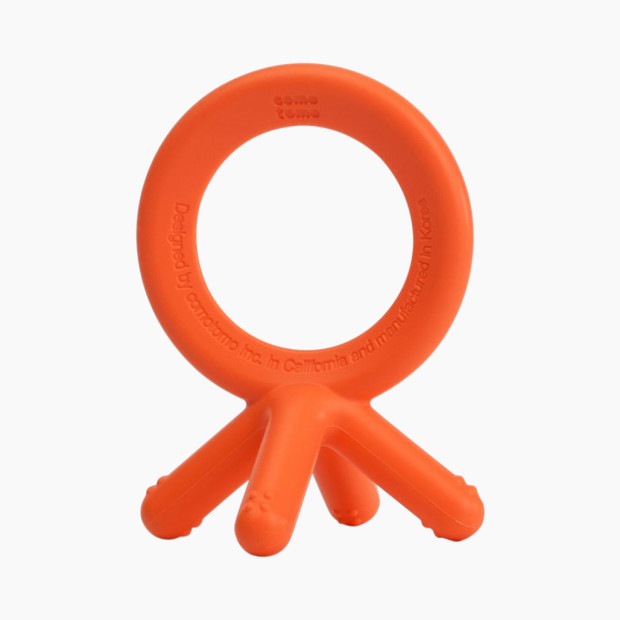
When Do Babies Start Teething?
Signs and symptoms, facts vs. fiction and the best teething toys to help ease the pain.
By Babylist Team

In This Article
Is your baby drooling? They must be teething. Running a low fever? They’re definitely getting a few new teeth. Having an extra fussy day? Blame teething!
It seems like anyone and everyone has an opinion (and perhaps a degree from the University of Google) when it comes to babies + teething. But how do you know what’s fact and what’s fiction when it comes to this baby rite of passage? What teething symptoms should you be on the lookout for? And are there baby teething toys or other remedies that can help?
Learning the ins and outs of teething can help both you and your little one feel better during this important milestone.
When do babies start teething?
Many parents and caregivers will start noticing a bit of extra drool and their baby putting their hands—and anything else they can find—into their mouths right around three months of age. Does this mean your little one is about to cut their first tooth? Probably not.
According to the American Academy of Pediatrics (AAP), most babies will get their first tooth any time between six and 12 months of age. So while it may look like your three-month-old is already showing signs of teething, what you’re often seeing is your little one discovering their mouth and gaining better control over their hands.
What are the most common baby teething symptoms?
The list of teething symptoms is pretty broad, and it’s often tough to pin down if what your little one is experiencing is due to a tooth coming in or just an off day. A few common baby teething symptoms to be on the lookout for, according to the American Dental Association (ADA), include:
Irritability
Drooling more than usual
Trouble sleeping
Swollen gums
Fussiness
Decrease in appetite
Before you start chalking up every little symptom to teething and worrying that your little one is in for months of pain, however, know this: there’s no good scientific evidence backing the idea that teething produces anything more than mild discomfort for most babies. Lots of things, from colds and a diaper rash to separation anxiety and even being overtired, can cause your little one to have an off day. Try not to focus on teething as the main culprit and do your best to think about what else may be going on.
What teeth will baby get first?
Babies are born with 20 teeth in total. The first ones to break through are usually the central incisors—the fancy dental term for middle teeth. The bottom middle teeth tend to break through, or erupt, first, followed by the middle top two. The adjacent teeth erupt next, working their way out toward the back of your baby’s mouth, with the molars coming in last. (This baby teething chart from the ADA is a great resource to learn which teeth will be coming in when.)
And speaking of teeth coming in, you’ll need to start practicing healthy dental habits as soon as that first little chomper peeks through your little one’s gums. The ADA recommends brushing your child’s teeth twice a day using a child-sized toothbrush and a very small amount of fluoride toothpaste—no more than a tiny smear the size of a grain of rice. They also advise against putting your little one to bed with a bottle, as it can lead to tooth decay.
How can I relieve teething pain for my baby?
If your little one seems extra fussy or isn’t acting like themselves, start by trying to determine if teething pain is the culprit. The best way to do this is to look inside your baby’s mouth and check for red, swollen gums around the area where you think a tooth might be erupting. A baby tooth takes about a week to fully break through the gums, and that’s the most likely time for your baby to experience discomfort during teething.
If you’re confident teething is to blame, there are several baby teething remedies that can help ease your baby’s pain.
Gum massage. Wash your hands, then use your finger or knuckle to gently rub the sore areas in your little one’s mouth.
Offer something cold. Something chilled is a great way to ease teething pain. Try a frozen wet washcloth or a teething ring or toy that’s designed to be frozen.
Teething toys. Plastic, silicone, wooden or rubber toys specifically designed for teething give your little one something safe to gnaw on to help soothe sore gums.
Medication. If your little one is clearly in pain, talk to your pediatrician about giving a dose of acetaminophen (Tylenol).
Keep in mind that there are a few things to stay away from when it comes to baby teething remedies.
Amber teething necklaces and bracelets. (These are not safe or effective, according to the ADA. They pose a choking and strangulation hazard and their effects are not backed by science.
Teething tablets, homeopathic teething gels or tablets, or gels with benzocaine.
The Best Teething Toys for Babies
Teething toys are more than just cute—they can be a game changer when it comes to easing discomfort in tiny gums. These 11 favorites are perfect to keep around your home or toss in your diaper bag when you’re on the go.
